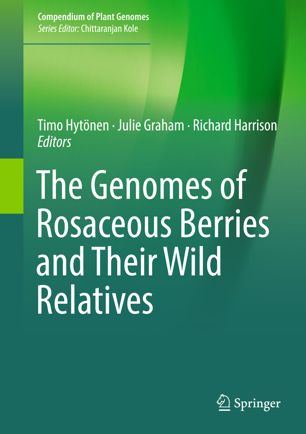

Most ebook files are in PDF format, so you can easily read them using various software such as Foxit Reader or directly on the Google Chrome browser.
Some ebook files are released by publishers in other formats such as .awz, .mobi, .epub, .fb2, etc. You may need to install specific software to read these formats on mobile/PC, such as Calibre.
Please read the tutorial at this link: https://ebookbell.com/faq
We offer FREE conversion to the popular formats you request; however, this may take some time. Therefore, right after payment, please email us, and we will try to provide the service as quickly as possible.
For some exceptional file formats or broken links (if any), please refrain from opening any disputes. Instead, email us first, and we will try to assist within a maximum of 6 hours.
EbookBell Team

5.0
88 reviewsThis book collates the most up to date information on Fragaria, and Rubus genomes. It focuses on the latest advances in the model system Fragaria vesca, along with the allied advances in economically important crops. Covering both basic and applied aspects of crop genomics, it illustrates strategies and resources for the study and utilization of genome sequences and aligned functional genomics resources.
Rosaceous berries are collectively an increasingly important set of high-value global crops, with a trade value of over £2 billion dollars per annum. The rosaceous berries strawberry, raspberry and blackberry share some common features at the genome scale, namely a range of ploidy levels in each genus and high levels of heterozygosity (and associated inbreeding depression) due to self-incompatibility systems, dioecy, or multispecies hybridization events. Taken together, although the genomes are relatively compact, these biological features lead to significant challenges in the assembly and analysis of berry genomes, which until very recently have hampered the progress of genome-level studies.
The genome of the woodland strawberry, Fragaria vesca, a self-compatible species with a homozygous genome was first sequenced in 2011 and has served as a foundation for most genomics work in Fragaria and to some extent Rubus. Since that time, building upon this resource, there have been significant advances in the development of genome sequences for related crop species. This, coupled with the revolution in affordable sequencing technology, has led to a suite of genomics studies on Fragaria and more recently Rubus, which undoubtedly aid crop breeding and production in future years.